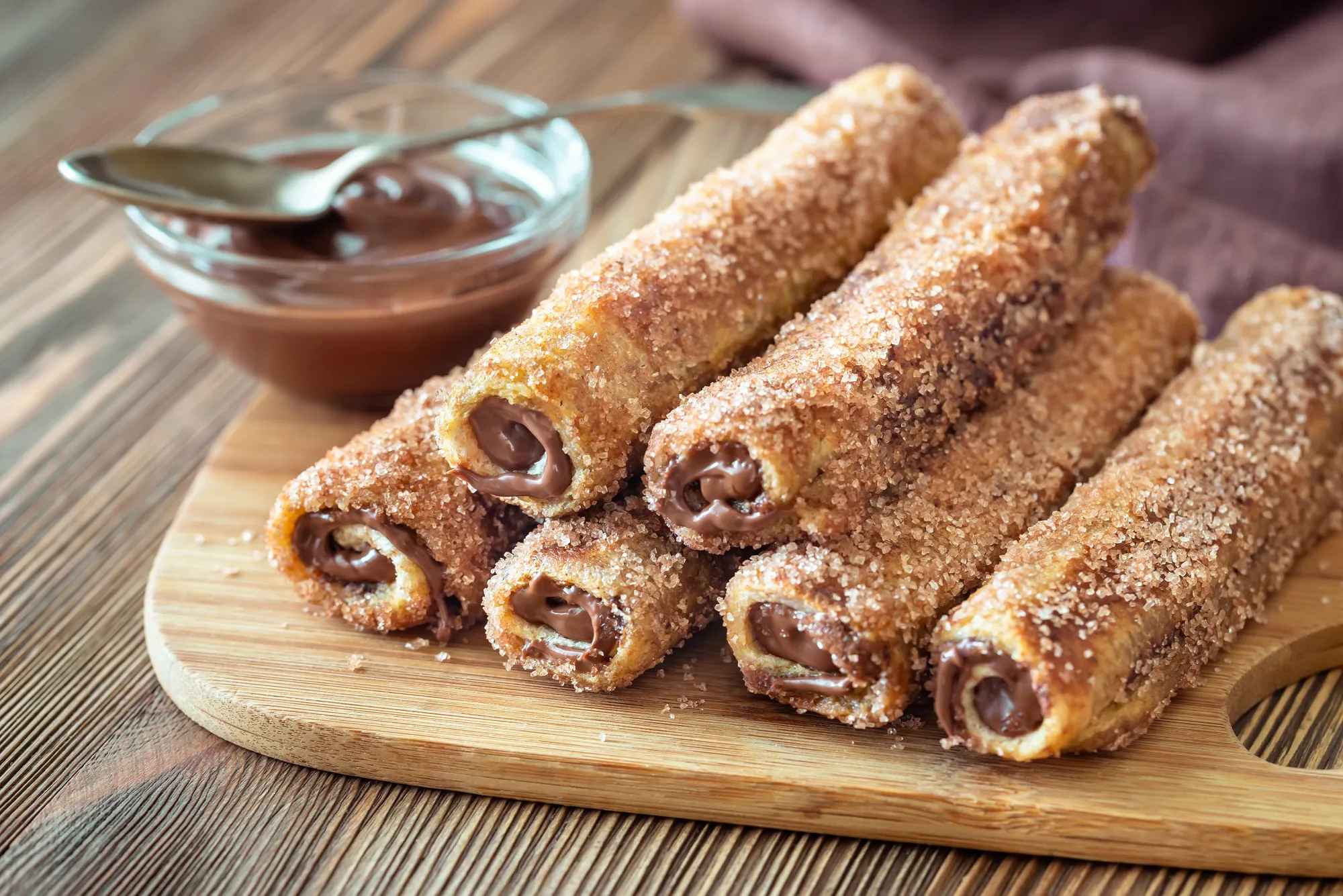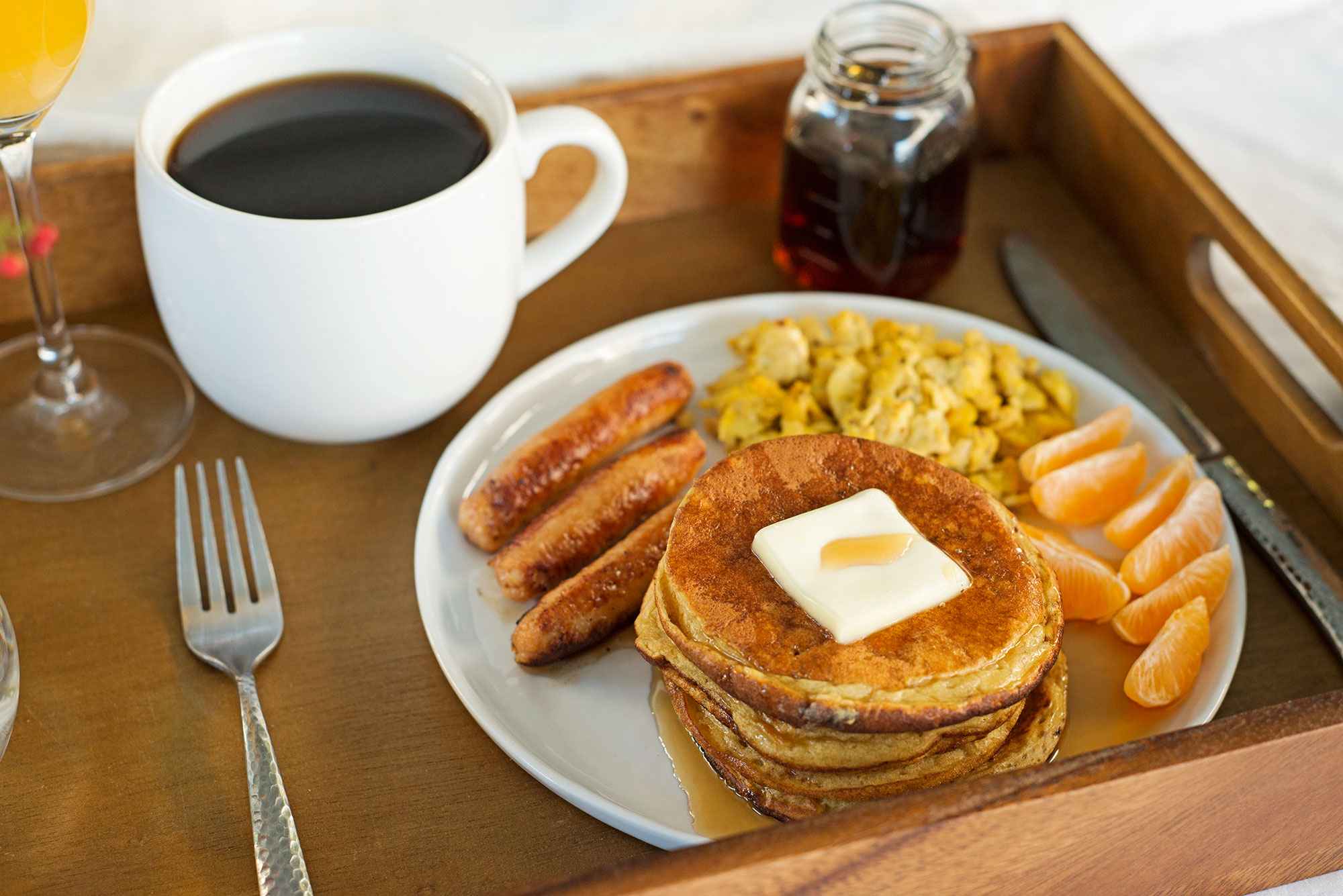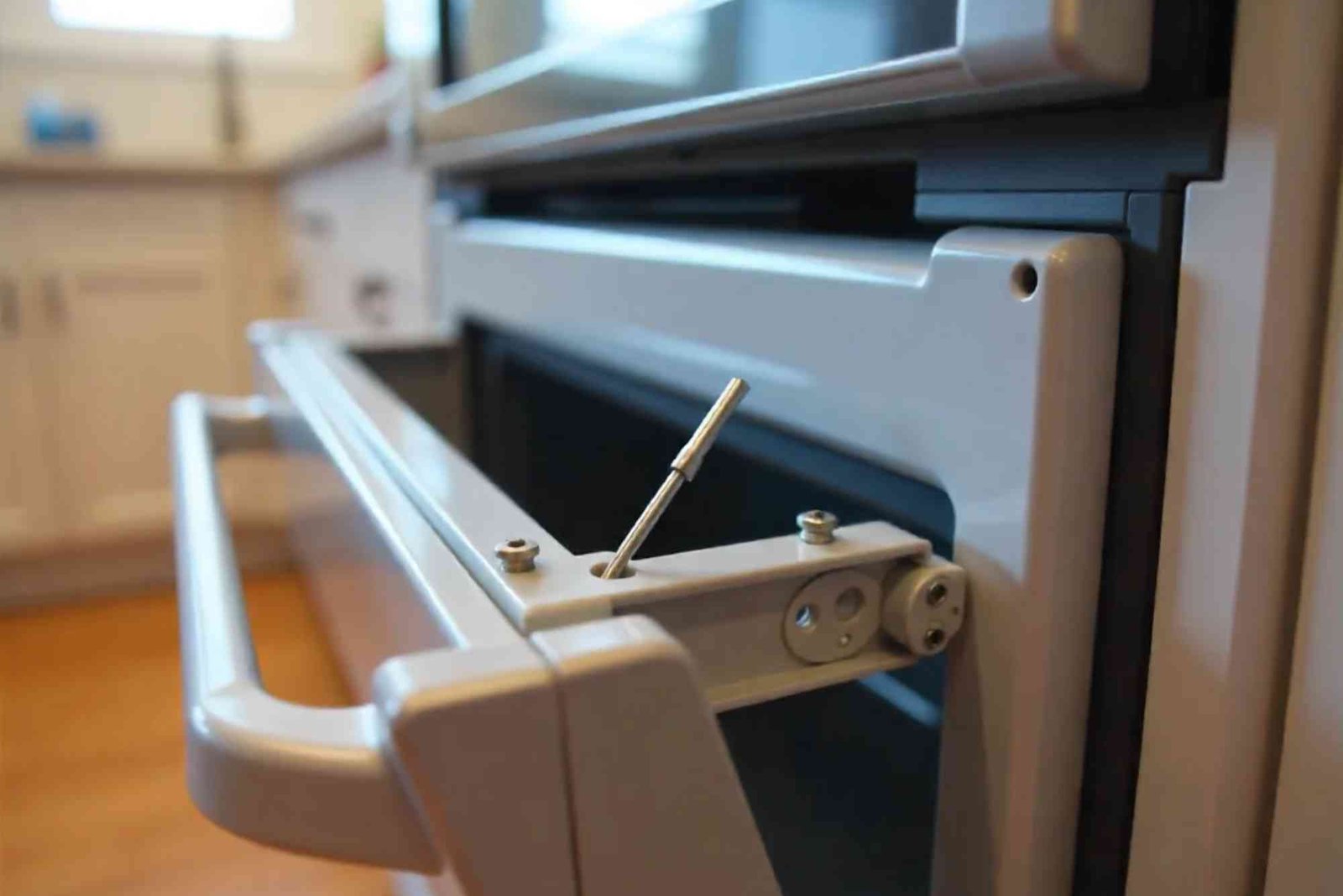French toast is a beloved breakfast dish enjoyed worldwide for its simplicity and versatility. Whether you prefer it sweet, savory, or a mix of both, French toast offers something for everyone. In this article, we’ll explore a step-by-step guide to making the perfect French toast, along with tips, variations, and frequently asked questions to enhance your breakfast experience.
French Toast
French toast, known as “pain perdu” in French, translates to “lost bread.” It originated as a way to use stale bread by soaking it in an egg mixture and frying it until golden. Over time, this humble dish evolved into a breakfast favorite, served in homes and restaurants alike. The crispy exterior and soft, custardy interior make French toast irresistible. It’s also incredibly versatile, allowing for a wide range of toppings and flavor combinations.

Ingredients Needed
Before you begin making French toast, gather these simple ingredients:
- 4 slices of bread: Thick slices of brioche, challah, or any sturdy bread work best.
- 2 large eggs: Essential for the custard-like base.
- 1/2 cup milk: Use whole milk for richness, or any non-dairy alternative like almond milk.
- 1 tsp vanilla extract: Optional, but adds a lovely sweetness and aroma.
- 1/2 tsp ground cinnamon: Also optional but recommended for warmth and spice.
- 1 tbsp sugar: Adds slight sweetness to the custard mixture.
- A pinch of salt: Balances out the flavors.
- Butter or oil: For frying the French toast in the pan.
- Toppings: Popular choices include maple syrup, powdered sugar, fresh fruit, whipped cream, or nut butter.
Step-by-Step French Toast Recipe
Preparation
- Whisk the egg mixture: In a medium bowl, whisk together the eggs, milk, vanilla extract, cinnamon, sugar, and salt. This forms the custard base for soaking the bread.
- Prepare the bread: If you’re using fresh bread, it’s best to let it sit out for a few hours to dry slightly. Stale bread works better as it absorbs the egg mixture without becoming too soggy.
Cooking Instructions
- Soak the bread: Dip each slice of bread into the egg mixture, ensuring both sides are fully coated. Let the bread sit in the mixture for about 15-20 seconds to absorb enough liquid without becoming mushy.
- Heat the pan: Place a non-stick skillet or griddle over medium heat and add a bit of butter or oil to coat the surface. Allow the butter to melt and sizzle lightly before adding the bread.
- Cook the bread: Place the soaked bread slices onto the hot skillet. Cook each side for 2-3 minutes or until the bread turns golden brown and crispy. Be careful not to burn the bread, and ensure both sides are evenly cooked.
- Serve hot: Once the bread is cooked, remove it from the pan and serve immediately. French toast is best enjoyed fresh, straight from the skillet.
Variations and Toppings
French toast is a canvas for creativity, and there are many ways to customize it to your liking. Here are some ideas:
- Classic Toppings: The most traditional topping is maple syrup, but powdered sugar or whipped cream are also common. You can add a pat of butter for extra richness.
- Fruit Toppings: Fresh berries, sliced bananas, or caramelized apples provide a fruity balance to the richness of French toast. You can also add fruit compote or a drizzle of honey.
- Savory French Toast: If you prefer something less sweet, skip the sugar and cinnamon, and add a pinch of salt and pepper. Serve the toast with scrambled eggs, bacon, or avocado for a heartier, savory breakfast.
- Stuffed French Toast: For an indulgent variation, spread cream cheese, Nutella, or jam between two slices of bread, then dip in the egg mixture and fry as usual. This creates a delicious filling that elevates the dish.
Tips for the Perfect French Toast
To ensure your French toast turns out perfectly every time, keep these tips in mind:
- Use thick, stale bread: Brioche, challah, or sourdough bread are ideal because they hold their shape when soaked in the egg mixture. Stale bread works better as it absorbs the liquid without falling apart.
- Don’t oversoak the bread: Allow the bread to absorb the egg mixture but don’t let it sit for too long, or it may become too soggy. Aim for about 15-20 seconds on each side.
- Control the heat: Medium heat is ideal for cooking French toast. Too high, and the bread will burn on the outside before cooking through. Too low, and it won’t achieve that golden, crispy exterior.
- Customize the flavor: Add cinnamon, nutmeg, or even a little orange zest to the egg mixture for a unique flavor. A splash of vanilla extract enhances the taste and aroma.
- Serve immediately: French toast is best enjoyed fresh, so serve it straight from the pan to the plate.

Frequently Asked Questions (FAQs)
Q1: Can I make French toast ahead of time?
Yes, you can! While French toast is best enjoyed fresh, you can make it ahead of time and store it in the fridge for up to two days. Reheat in a toaster oven or skillet for the best results. Alternatively, you can freeze cooked French toast for up to a month. When ready to eat, simply pop it into the toaster or oven.
Q2: What is the best bread for French toast?
Brioche, challah, and sourdough are popular choices due to their thickness and texture. These types of bread can hold up well to soaking and frying without becoming overly soggy. You can also use a sturdy white or whole wheat bread if you prefer a lighter option.
Q3: Can I make French toast without milk?
Absolutely! You can substitute the milk with a non-dairy alternative like almond milk, soy milk, or oat milk. If you don’t have milk on hand, you can even use water, though it may slightly affect the richness of the final dish.
Q4: How do I make my French toast more flavorful?
To enhance the flavor of your French toast, consider adding spices like cinnamon, nutmeg, or cardamom to the egg mixture. You can also mix in a teaspoon of citrus zest (such as lemon or orange) for a fresh, zesty taste. Vanilla extract is another great addition to enhance the sweetness and aroma.
French toast is a breakfast staple that’s easy to make and can be customized to suit your taste preferences. Whether you like it sweet with syrup and fruit or prefer a savory twist with eggs and bacon, this versatile dish is sure to please. With a few simple ingredients and some creativity, you can transform your morning routine with a delicious plate of French toast. Enjoy experimenting with flavors and toppings to create your perfect version!









